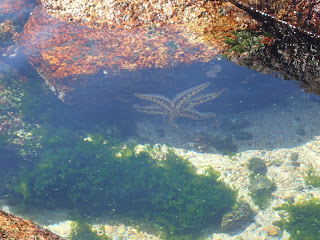Currency & Exchange Rate-
Chilean currency is called the Chilean Peso ($). It is also split into 100 centavos, but there are not centavo coins in circulation. There are bills for1,000, 2,000, 5,000, 10,000, and 20,000 pesos as well as coins for 1, 5, 10, 50, 100, and 500 pesos. The current exchange rate is 0.0016 dollars for 1 peso. Below are what the pictures on the bills mean.
- 500 pesos - Image of Pedro de Valdivia on the obverse side and the back side of the note depicts an illustration from a painting by Pedro Lira symbolizing finding of the city of Santiago
- 1000 pesos - Portrait image of Captain Ignacio Carrera Pinto on the front and the backside shows the Monument to the Heroes of La Concepción
- 2000 pesos - The picture of Manuel Rodriguez Erdoyza is depicted on the obverse side and a church named Iglesia de los Dominicos is shown on the backside of the note
- 5000 pesos - The front side possesses a portrait image of Gabriela Mistral, a Nobel Prize winner poetess and the image on the backside is taken from the front of her literature.
- 10000 pesos - A portrait picture of Captain Arturo Prat Chacón is possessed by the obverse side and the backside shows an image of houses of the Hacienda San Agustín estate, the birth place of Captain Arturo Prat Chacón.
- 20000 pesos - This note depicts the image of Andrés Bello on its obverse and the picture of main campus of the University of Chile on its reverse side.
Currency and Exchange Rate of Neighbouring Countries-
Argentina- 1 Argentinian Peso =.11 dollars = 69.42 Chilean Pesos
Bolivia- 1 Bolivian Boliviano =.14 dollars = 92.32 Chilean Pesos
Peru- 1 Peruvian Nuevo Sul =.13 dollars= 200.53 Chilean Pesos
The Classes-
Chile is very stratified. The classes rarely mix, and hardly ever to people get married outside of their class. The lowest class is called “flaite”. This term is also used to refer to every class under you. Much of the lower class does not like the upper class at all. They refer to them pejoratively as “cuico”.
¿Quieres saber más?-
Google Public Data
Chile: The Expat's Guide, by Nathan Lustig
https://atlas.media.mit.edu/en/profile/country/chl/ www.agediscrimination.info/international/Pages/Chile.aspx
http://www.oanda.com/currency/iso-currency-codes/CLP http://www.crnindia.com/currency/chile_peso.html








































